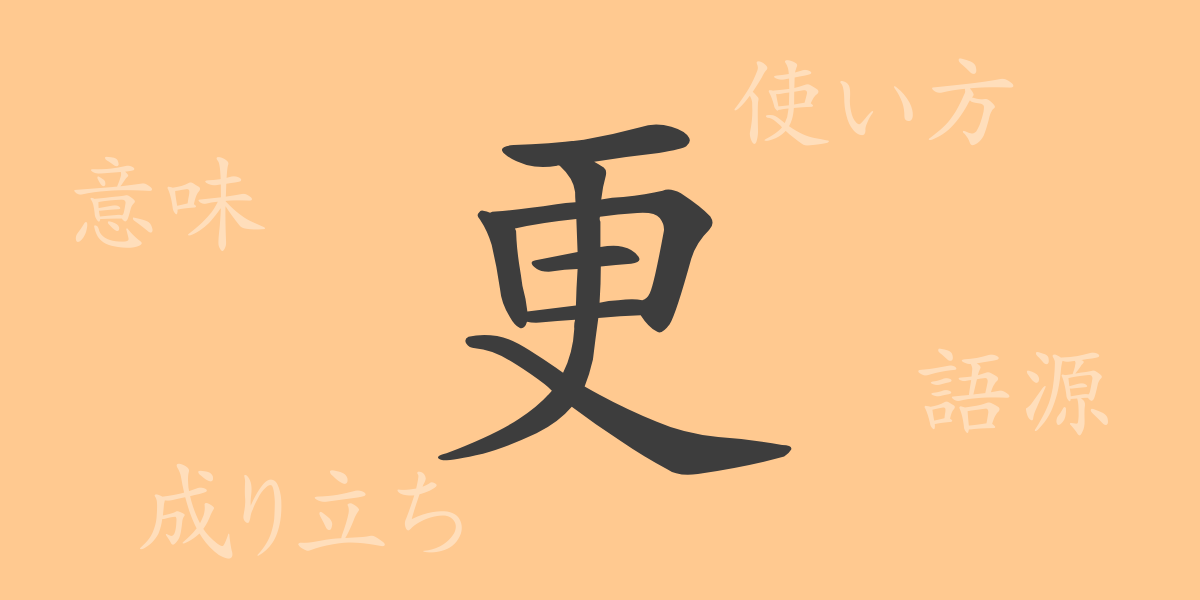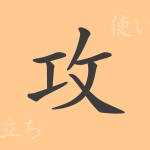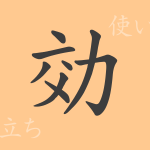The richness of the Japanese language is reflected in its characters. Each kanji carries a history, multiple readings, and meanings. The kanji “更(こう)” is frequently used in daily life, yet many might not be aware of its rich background and significance. This article explores the origins, meanings, usage, and cultural significance of the kanji “更(こう)”.
Origins of 更(こう)
The kanji “更(こう)” has its roots in ancient China. Originally, it was an ideogram representing the deepening of the night. From the idea of night advancing, it evolved to signify the passage of time and change, eventually encompassing broader concepts such as renewal and updating.
Meanings and Usage of 更(こう)
The kanji “更(こう)” means “further” or “more,” and also denotes “change” or “to alter.” It can refer to the passage of time or the renewal of things. In Japanese, these meanings combine, allowing the character to be used in a variety of expressions.
Readings, Stroke Count, and Radical of 更(こう)
The kanji “更(こう)” has several readings depending on its usage.
- Readings: The on-yomi (Chinese reading) is “コウ(こう),” and the kun-yomi (Japanese readings) include “さら,” “ふける,” and “あらた.”
- Stroke Count: The total number of strokes is 7.
- Radical: The radical is “曰(ひらび),” which has evolved into “更(こう).”
Idioms, Phrases, and Proverbs Using 更(こう)
There are numerous idioms, phrases, and proverbs that include the kanji “更(こう).” Here are a few examples:
- 更生(こうせい): Changing from a bad state to a good one. Used in contexts like “He has reformed and is working diligently now.”
- 更迭(こうてつ): Replacing someone in a position. Used in contexts like “The president was replaced.”
- 一日更に一日(いちにちさらにいちにち): Describing the accumulation of days. Used in contexts like “Day after day, he continued studying.”
- 更に進む(さらにすすむ): To advance further or make progress. Used in contexts like “Technology is advancing day by day.”
Conclusion on 更(こう)
The kanji “更(こう)” is an important character that signifies change and progress, used in various expressions in the Japanese language. Its rich meanings and readings reflect the depth of Japanese culture. As a commonly used kanji, “更(こう)” continues to play a significant role in our daily lives.

























